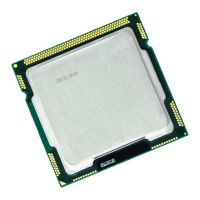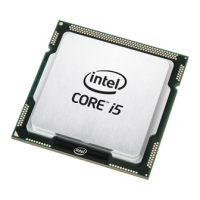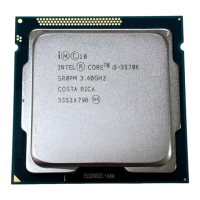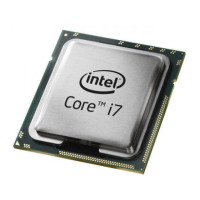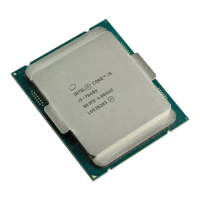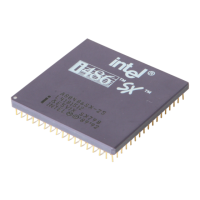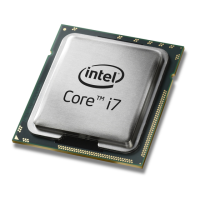A INTRODUCTION
1-3
1.2.1 Notation Conventions
Hexadecimal Numbers In text, hexadecimal numbers are shown with a suffix of “H” (e.g.,
XXXX XXXXH). In code examples and PLD files, and in text that refers to
specific code examples, hex numbers are shown with a prefix of “0x” (e.g.,
0xXXXXXXXX).
OVERBAR
and # Normally inverted clock signals are indicated with an overbar above the
signal name (e.g., RAS
). In code examples, such signals are indicated with a
trailing pound sign (RAS#).
Bold Indicates user entry and/or commands.
Italics Indicates a reference to related documents; also used to show emphasis.
typewriter font Indicates code examples and file directories and names.
asterisks On non-Intel company and product names, a trailing asterisk indicates the
item is a trademark or registered trademark. Such brands and names are the
property of their respective owners.
1.3 TECHNICAL SUPPORT, SCHEMATICS AND PLD EQUATIONS
For Technical assistance with the Cyclone EP, contact the Intel Technical Support Hotline. For
information about technical support in other geographical areas, contact Intel’s North America
Technical Support Hotline.
You can also use your PC with modem to download Cyclone EP and PCI-SDK Platform schematics and
PLD equations from Intel’s Bulletin Board Service (BBS).
Intel Technical Support Hotlin e
North America: 800-628-8686
Europe: 44-793-696-000
Intel’s Bulletin Board Service (BBS)
for schematics and PLD equations
North America: 916-356-3600
supports up to 14.4 Kbps (n,8,1,p)
Europe: 44-793-432-955
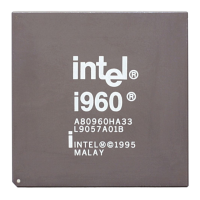
